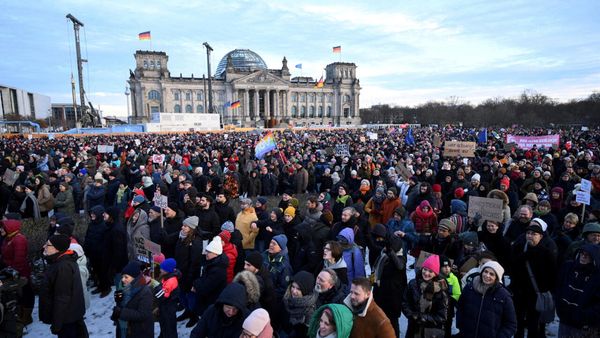
KOLKATA: The death toll from the devastating floods in Sikkim, has reached 40, according to officials. Army teams are now planning helicopter rescue missions to aid the thousands of people stranded in the floodwaters.
The flash floods struck the remote state of Sikkim on Wednesday following the sudden bursting of a high-altitude glacial lake near the borders of India, China, and Nepal. Climate scientists warn that such disasters are likely to increase in the Himalayas as global temperatures rise and ice continues to melt.
Search-and-rescue teams downstream have been recovering more bodies as the floodwaters advance towards the Bay of Bengal. V.B. Pathak, the top civil servant in Sikkim, confirmed 19 deaths, while Shama Parveen, a district magistrate in neighboring West Bengal, reported an additional 21 bodies recovered in her state over the past three days.
The floods have caused extensive damage to roads, bridges, and telephone lines, hampering evacuation efforts and communication with those cut off from the rest of the country. Approximately 8,000 people are taking refuge in makeshift relief camps set up in schools, government offices, and guesthouses, according to a state government bulletin.
Indian army personnel engaged in rescue operations have managed to locate nearly 1,500 individuals from outside the state who are still stranded in the worst-affected flood areas.
The army is considering helicopter evacuations as weather conditions improve.
Additionally, army helicopters are air-dropping supplies to clusters of stranded people, as reported by V.B. Pathak. Efforts are underway to provide relief materials to affected individuals and restore infrastructure.
The government has expedited funding for relief and recovery efforts, with Prime Minister Narendra Modi pledging "all possible support" to those affected by the disaster.
The flood was triggered by intense rainfall that ruptured the high-altitude Lhonak Lake, situated at the base of a glacier near Kangchenjunga, the world's third-highest mountain. The rush of water downstream compounded the already swollen river due to monsoon rains, causing damage to a dam and sweeping away homes.
Himalayan glaciers are melting at an alarming rate due to climate change, leaving communities vulnerable to unpredictable and costly disasters, according to research by the International Centre for Integrated Mountain Development (ICIMOD). Climate change specialist Arun Bhakta Shrestha of ICIMOD emphasized that climate change is the root cause of such events and that they are likely to increase in the future.
Among the casualties are six Indian army soldiers stationed in Sikkim.







